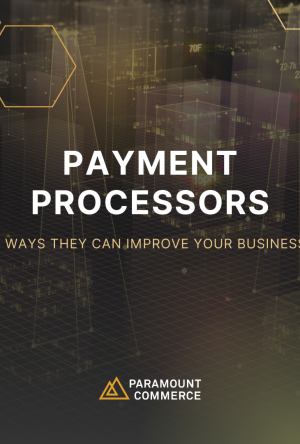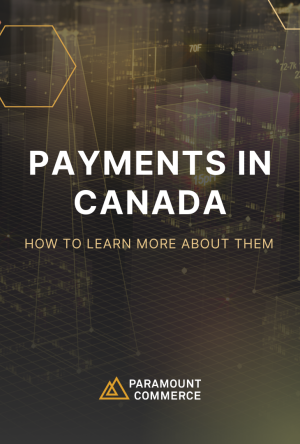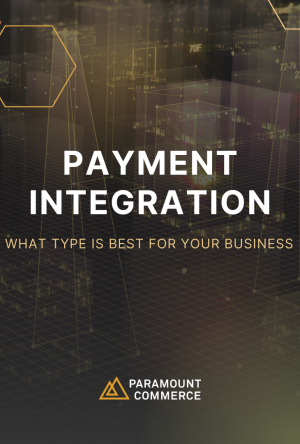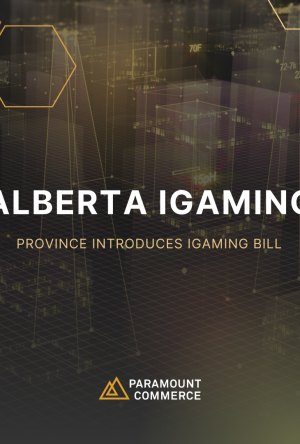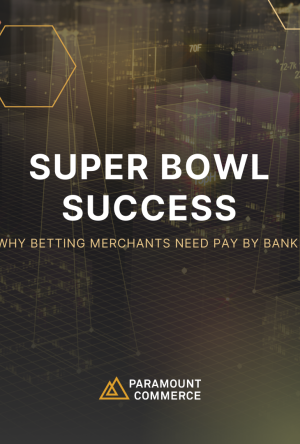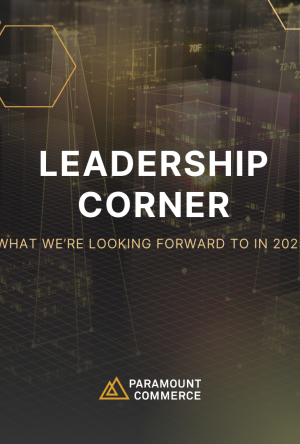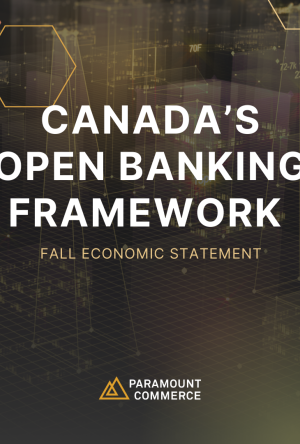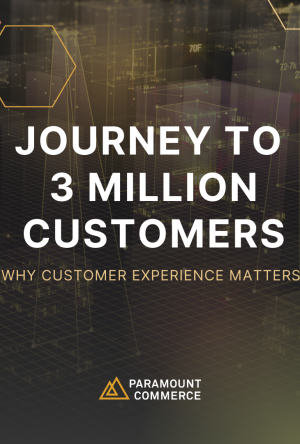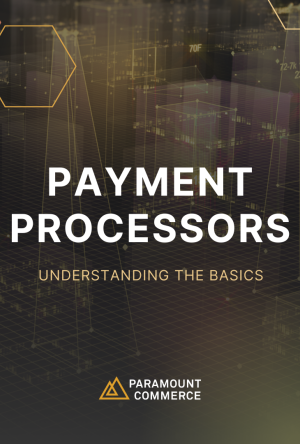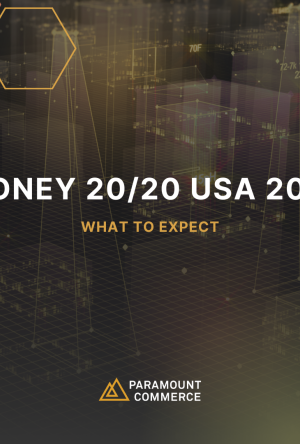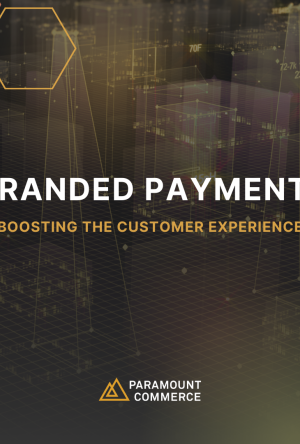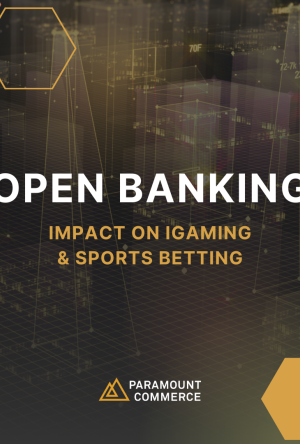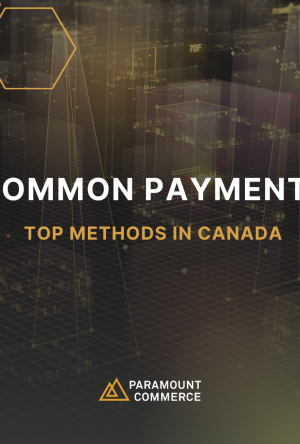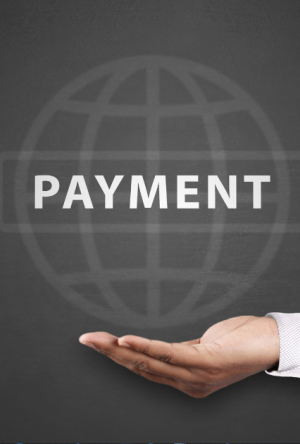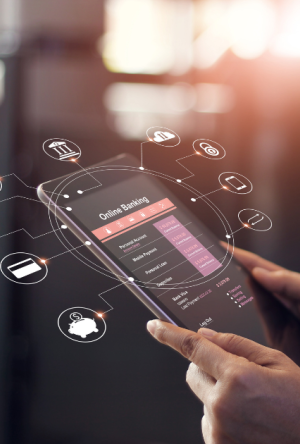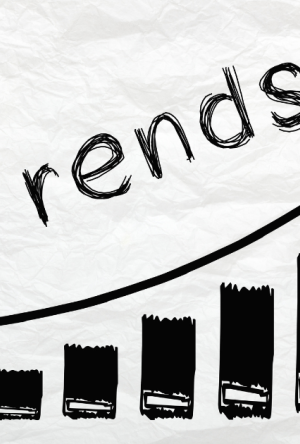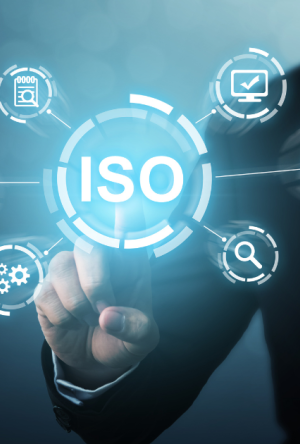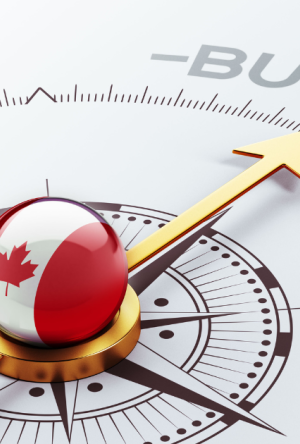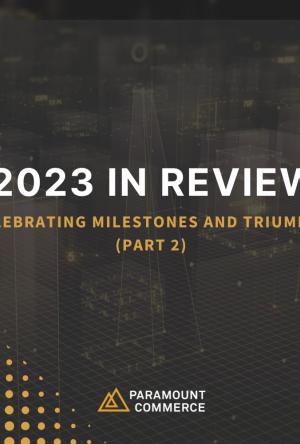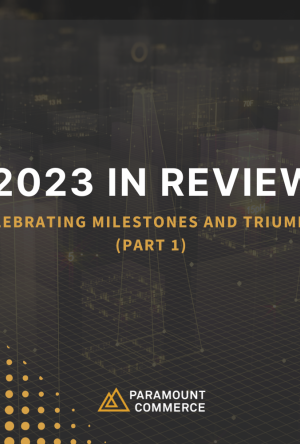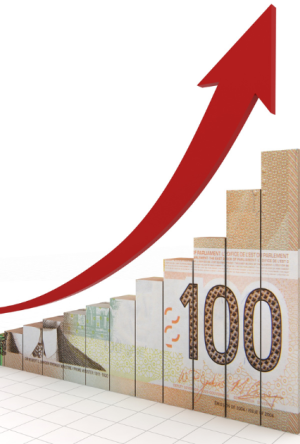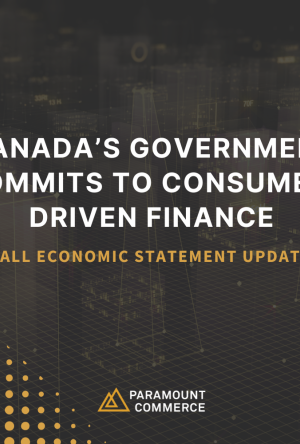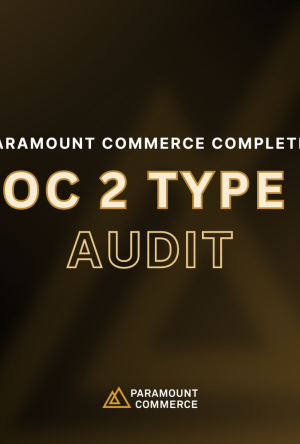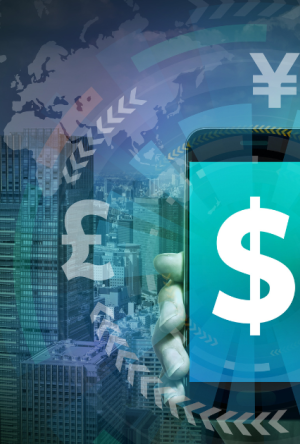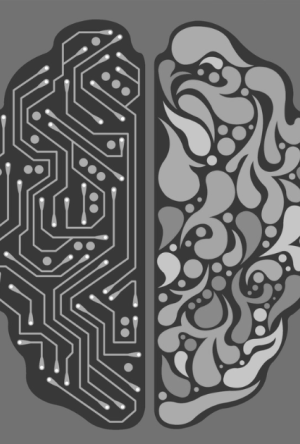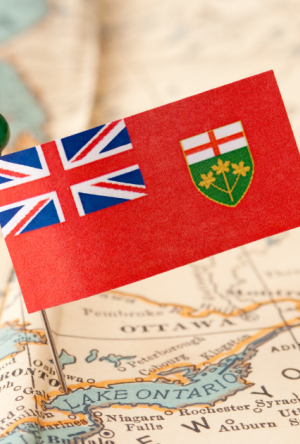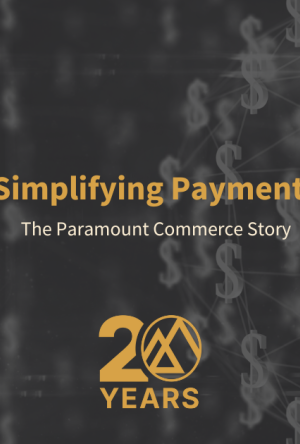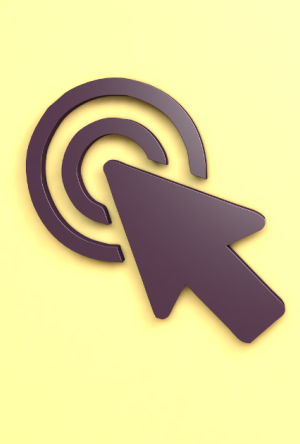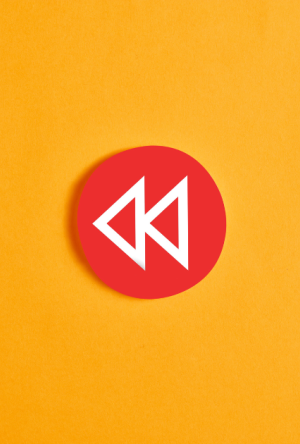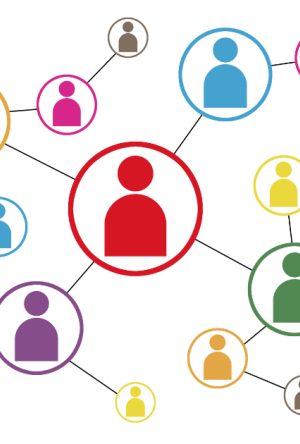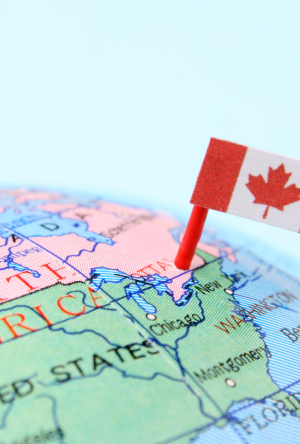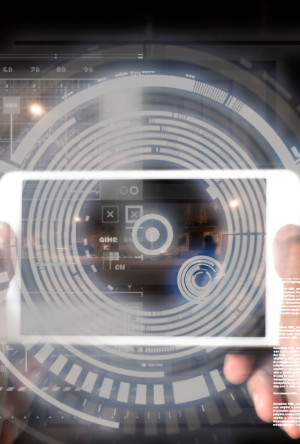
Understanding Product Innovation With Akhil Mittal
Marty Cagan, a renowned product management thought leader and author, says product management is the act of solving real user problems in a way that customers love, yet that works for your business. And, as the tech industry grows, product management will serve as a very important organisational function to help solve user problems while supporting business growth and innovation. Product management is far broader than just simply building a product. It involves innovation, direction, and execution after researching the market, the users, and the competition. To understand the collaboration between product management and innovation within the payments industry, we spoke with Akhil Mittal, the VP of Product Management at Paramount Commerce.
Q1: Why is product innovation important?
Mittal: Innovation means change; it means improvement–doing something new which can solve problems and provide a better experience. With product innovation, it is the same concept. It is really important as it allows us to build new products or features to solve user problems. These issues can be minute or enormous, but through product innovation we can tackle these problems. Using a variety of data, including customer input, user and market research we are able to build new features or products that help us to enhance the usability of the product or make it highly performable or introduce a new technology altogether. At its core, product innovation is about introducing important changes that benefit its users.
Q2: Where does your inspiration for innovation come from?
Mittal: My inspiration for innovation comes from a lot of places.
My team: I think innovation is not just a single person’s responsibility. It’s a collaborative effort. I enjoy collaborating with all of the teams at Paramount Commerce and understanding the different perspectives from each department. This allows me to find specific areas in our products where we can make innovative improvements and make the user’s experience as seamless as possible.
Our merchants & users: The product management team is in constant talks with our customers and clients. This allows us to not only fix problems but also understand their needs and behaviours when it comes to depositing and withdrawing money. In the last article, Saulo Dourado, our Lead Product Designer, spoke about continuous interviewing, a concept we learned from Teresa Torres who coaches product teams on continuous discovery techniques. We have incorporated continuous interviewing to keep a pulse on the motivations and pain points of our users.
The data: We get a lot of our insights from data. We constantly monitor the data from our current products to look at how they are performing. Using this data, we can ask important questions such as: Where are we seeing friction points? What problems should we be tackling? And then getting into solution discovery, which is even more critical to building a successful product.
The experts: Lastly, industry experts such as Marty Cagan and Shreyas Doshi provide very important insights into product management which allows us as a team to keep learning and improving on our products through their expertise.
Q3: In a world of limited resources, how do you balance the tradeoff between innovation and foundation?
Mittal: When it comes to foundation, this is also referred to as technical debt. What this means, is from the time you’ve built a product, it requires updates and maintenance in order to scale. If these technical updates haven’t been made, we can’t scale until we address that maintenance work or technical debt.
The tradeoff comes down to the company’s goals. There is usually a healthy tension between the immediate need to innovate and the long-term goal to address technical debt. Let’s say a company has certain priorities tied to a product. In this case, we would look into innovation solutions and what changes might be needed in the foundation to meet those goals. We would take into account the resources needed and how we can best utilise them to balance the present and future needs of the company.
At the end of the day, these are hard decisions and trade-offs between addressing immediate needs and long-term growth. Before we allocate resources, we need to be clear on how these changes will benefit us in the near-term and the future.
Q4: How does emerging technology influence the product roadmap at Paramount Commerce?
Mittal: A good example of emerging technology that influenced the product roadmap at Paramount Commerce is the INTERAC® payment rail. We, as consumers in Canada, know that peer-to-peer Interac e-transfer® includes sending, receiving, and requesting money. And sometimes we use Interac e-transfer to pay for purchases at small businesses.
So for us to make it work in a consumer-to-business use case, was something new at the time. We were able to offer Interac e-Transfer as a payment method in a gaming environment using our technology to offer a seamless user experience. Today, our INTERAC product can be found on lots of merchants’ cashiers, which now greatly benefits gaming merchants and has become one of the fastest growing payment solutions in Ontario’s iGaming industry.
Q5: Give us some examples of innovative features/products offered by Paramount Commerce.
Mittal: Two innovative features which come to mind are: geolocation checks and banking verification.
Geolocation checks: When Ontario’s regulated iGaming market launched, we had to make sure that we had geolocation checks for all of our users as it was an important regulatory requirement set by the government’s gaming bodies. We made sure that all of our payment solutions supported geolocation of the consumer’s IP address. This feature adds another layer of protection to a merchant’s existing controls by blocking consumers in Ontario from accessing unlicensed sites.
Bank account verification: The bank account ownership feature was equally important as users would have to go through a verification process which would not only help merchants in identifying a user but would play an important role in fraud reduction.
Q6: What are some innovative features/products that you and your team are working on that we can expect to see from Paramount Commerce?
Mittal: When it comes to the future, I am excited about the Instant Bank Transfer product offered by Paramount Commerce. This product, along with our other solutions, provides benefits for both consumers and merchants. Consumers benefit from our innovative deposit features such as Xpress Deposits or In-game Deposits. As the online gaming industry grows, so is the demand for a more immersive in-gaming experience. As consumers are paying more attention to the changing odds on a sport, they want to deposit their money quickly and place a bet as soon as possible. This is where our In-game Deposit feature comes in handy. This feature allows users to deposit without having to leave their gaming experience. I am really excited about that. With the help of these features, operators will be able to benefit from customer loyalty and acquisition. So it’s a win-win situation for merchants and consumers.
Let’s grow together. Chat with us today and find out more about our innovative pay by bank solutions: https://paramountcommerce.com/contact


